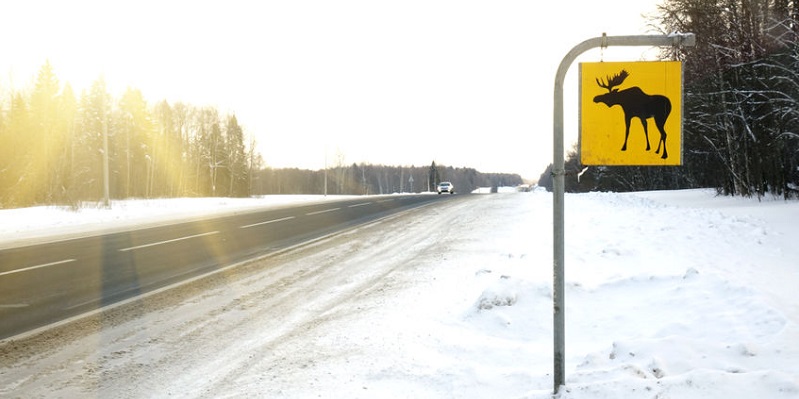Research notes that a vehicle collides with wildlife every 39 minutes in this country. Thousands of deer are killed every year after crashing into a vehicle, and 200 people are killed yearly in these accidents.
Discover How Often Vehicle-Animal Accidents Really Occur
States from coast-to-coast are emphasizing extra precaution and safety when it comes to vehicle travel. You may have already noticed an uptick in community outreach when it comes to drinking and driving, as well as reminders about wearing a seatbelt, but that’s not the only issues you should be focused on, especially if you are driving through mountainous terrain or areas where wildlife is active, especially deer. This is the time of year when more accidents occur involving a vehicle and a deer. The impact of that crash is not only deadly for wildlife, it also places those in the vehicle at risk.
Roaming Deer Can Come Out of Nowhere
When people load up the family car to go on a trip this time of year, most drivers are aware of some of the hazards of holiday travel, particularly an increase in drunk driving incidents and the potential of delays or even accidents during inclement weather. One concern that may not even come to mind is the possibility of crashing into wildlife, yet the American Automobile Association (AAA), a 100-year-old organization committed to mobility and public safety, notes that from 2001 – 2011, vehicles colliding with animals resulted in more than 2000 traffic fatalities. The safety issue is a growing problem across the United States, especially during this time of year, and especially here in Colorado.
According to Colorado wildlife officials, animals who live at higher elevations during the warmer months are now trying to get to lower elevations for the winter; all of this movement can create a dangerous problem, for both animals and drivers. One state agency notes that in 2016, more than 4,600 deer were killed on state roads, a dramatic increase from 2013 when 1600 deer died in crashes. However, it’s not just wildlife being killed or injured, vehicle occupants are also at risk. Even swerving to try and miss a collision with an animal can lead to multiple-vehicle accidents. One risk-management insurance company recently noted that the National Highway Traffic Safety Administration (NHTSA), conducted a study on the incidence of car-deer crashes that showed:
- There are roughly 1.5 million annual vehicle-deer crashes
- Between 175-200 people are killed yearly due to such crashes
- Some 10,000 injuries are reported due to the crashes
Another research organization notes that a vehicle collides with wildlife every 39 minutes in this country. On top of the safety risk, vehicle-deer crashes also take a financial toll; repairing damage to your vehicle if you do collide with an animal can be costly. The latest statistics show that from 2012-2013, on average, a vehicle will sustain nearly $3,500 worth of damage when hit by a deer, that’s a 3.3 percent increase from 2011.
Be On the Lookout for Wildlife in Certain States
It’s not just deer that drivers need to be on the lookout for when traveling. According to the Insurance Information Institute (III), elk, moose, and caribou are also known to create havoc for drivers, especially in certain states. III says West Virginia, Montana, Pennsylvania, Wisconsin, and Iowa are the top five states where collisions with certain animals occur. III says that in West Virginia, your odds of colliding with a large animal is 1 in 46, which makes that state the most dangerous for such a crash. If you are going to be traveling through areas where there is a large wildlife population, do a refresher on safety tips before leaving. Those tips include:
- Staying alert at dusk and dawn as these times are the most common for animals to be moving about
- Using your high-beam headlights so that you can see more of what’s ahead of you when there is no oncoming traffic
- Realizing that some animals travel in groups, so where there is one, there could be many more
- Applying your brakes and doing what you can to stay in your lane and notify authorities of an accident if a collision is unavoidable
These are some simple tips that, if followed, will hopefully result in safe travels for both passengers and wildlife.

